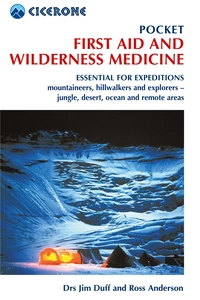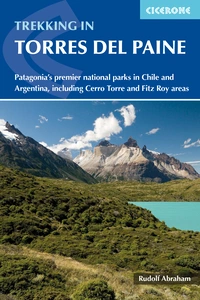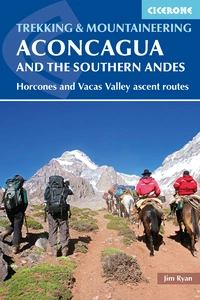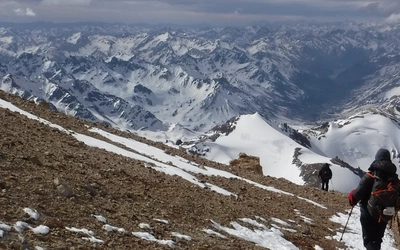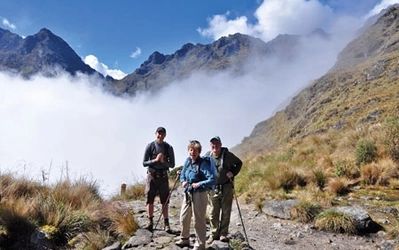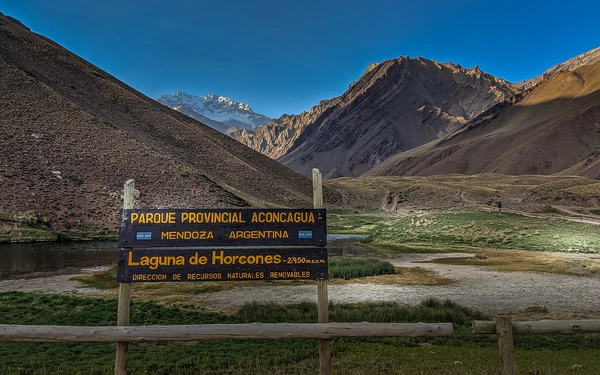
Article · 16 Oct 2021
Climbing Aconcagua: the world's highest trekking peak
After ticking off Kilimanjaro and Elbrus, Peter Watson headed to the Andes to attempt his third Seven Summit. Aconcagua may not require mountaineering skills, but this hulk of...

